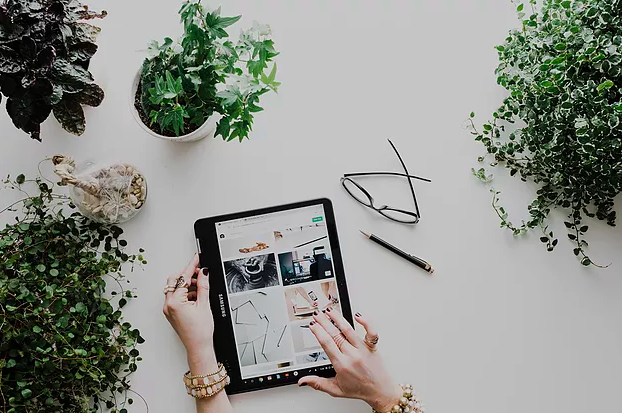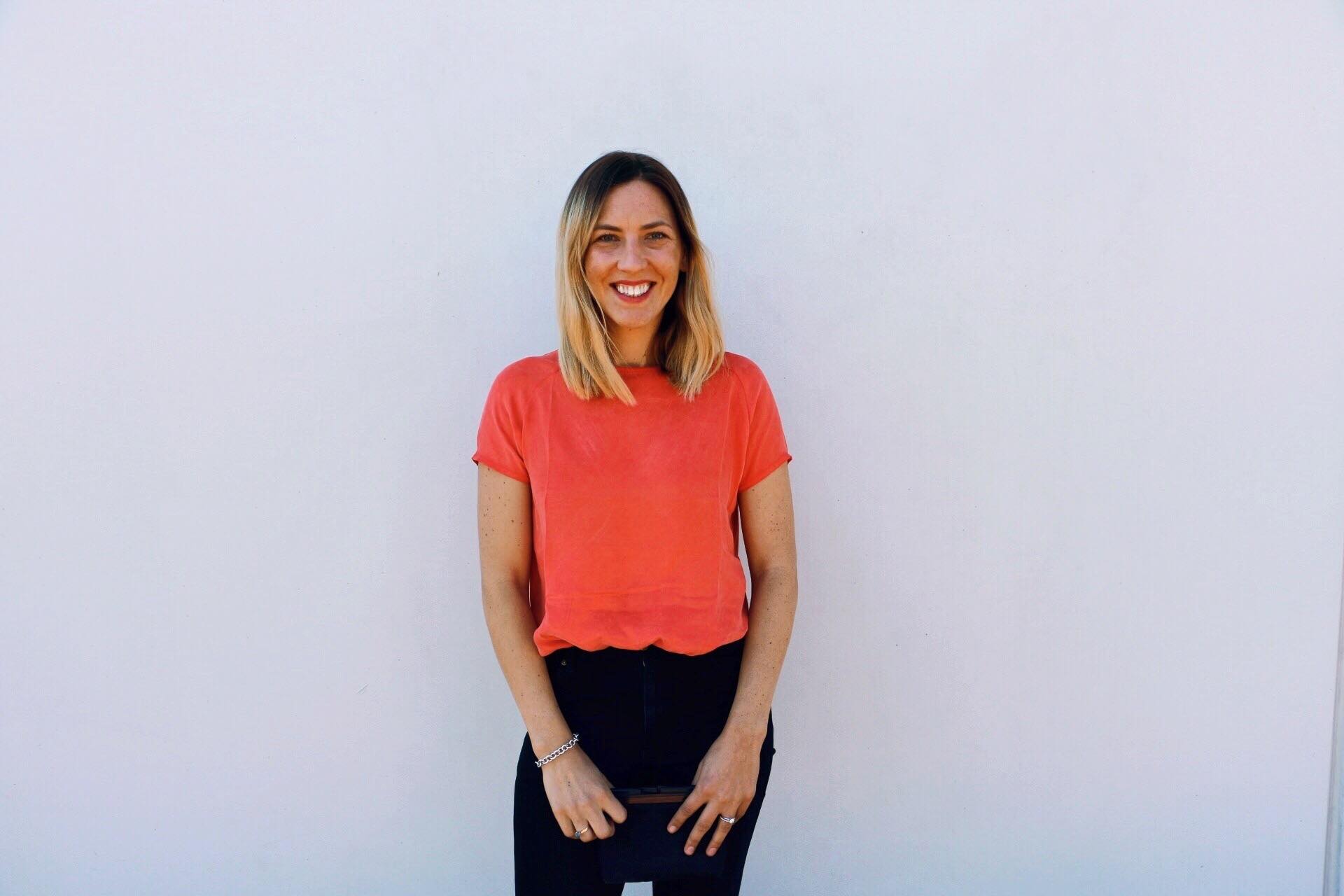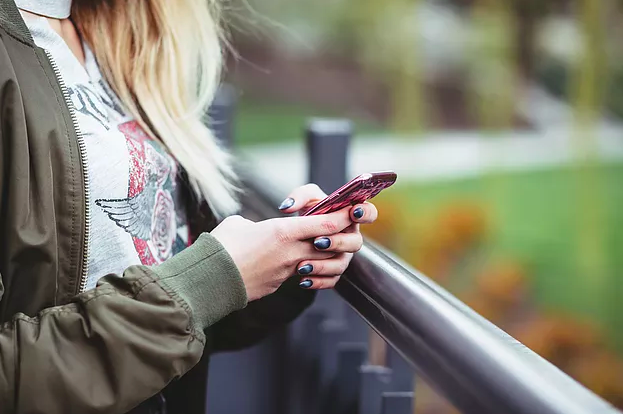As 2019 ticked around, I knew something had to change. Enough was enough.
Social media had become too entwined in my life. Too frequent in my thoughts and too consuming in my daily behavior.
How did we get to a point where checking Instagram, Facebook, Twitter (or whatever your medium of choice), as regularly – or more regularly for some, than drinking water?
Sounds crazy, doesn’t it?
But how often do you pick up your phone and check your accounts per day? Now, how many times do you pour yourself a glass of water?
Clearly, this shouldn’t be how we gauge how healthy our technology relationship is.
I knew for me it meant something was seriously off balance. I had this strong nudge in my gut that I had to get offline. More offline than online, so I could go back to living in the offline world. Embracing all moments for what they are, not assessing if they’re capture or share-worthy. Was it possible to go back to the way we had engaged before smartphones pulled our attention in a million directions?
Four plus years of living in Singapore opened my eyes to people taking photos of things I would have never thought possible (mostly of themselves in random places).

I observed it was more common to snap a shot of your meal before eating it than not, and if you were on the train and not watching your phone – you were the minority. It was also not uncommon to make 99% of your commute looking at your screen.
Am I the only one freaked out by this? What we’re describing here is life in most countries today!
My freak out aside, psychologists have begun seriously warning us about the various mental health issues related to the use of social media. An increase in screen time has been linked with an increase in mental health issues. Or from a positive point of view, less screen time makes us happier.
There have been various reports published over the past few years concerning the impact this is having on adolescents. The journal Emotion explaining the correlation between “Decreases in Psychological Well-Being Among American Adolescents After 2012 and Links to Screen Time During the Rise of Smartphone Technology,”
However, as much as parents would like to throw their kids devices in the bin at times (and probably their own with it) we can’t hide from reality. Technology is a part of today’s world whether we like it or not. It’s therefore in our best interest to teach how we can regulate our usage. This obviously doesn’t only apply to youth – we’re dealing with an issue facing all ages.
The key being, screen time isn’t all bad. The Washington Post explained“Teenagers who get a small amount of exposure to screen time, between one and five hours a week, are happier than those who get none at all. The least happy ones were those who used screens for 20 or more hours a week.”
At the age of 32 I decided, I had to put some rules in place for myself. It was time I manage my social media intake. The solution – assigning one day a week (only) to going online. This would be my ‘Tune in Tuesday’. A way to keep up to date with all the goings-on that occur in the online world, without having to be continuously connected.
After more than a year of implementing ‘Tune in Tuesday’, I can share first hand, it has been pure bliss! It turns out reducing my intake by 85% means I don’t miss much at all.
The biggest win is how much space I’ve gained. I reach for other things to do or think about now in those times when I would have reached for an app in the past. My personal relationships have also benefited. When I want to connect with a friend I’ll pick up the phone and call them, or send a photo or message for a quick hi.
Instead of knowing and hearing minor updates, (that I often never needed to know in the first place) I’ve been having genuine and authentic conversations where I actually want to know what they’ve been up to.

Going online and tuning in once a week, has made connecting through social media an enjoyable experience when I do engage instead of a tedious task. It turns out setting aside time to interact online helps us to develop a more positive and controlled attitude not only with the offline world but also with the connected life.
If you relate to the feeling of too much online time maybe consider putting some rules in place for yourself. You could also adopt tune in Tuesday, or select a day (or two) that works for you?
Share your comments below on how often you engage, if you feel your relationship with social media is healthy or unhealthy and what steps you’re taking to improve your ‘online – mental health’ relationship this year.


